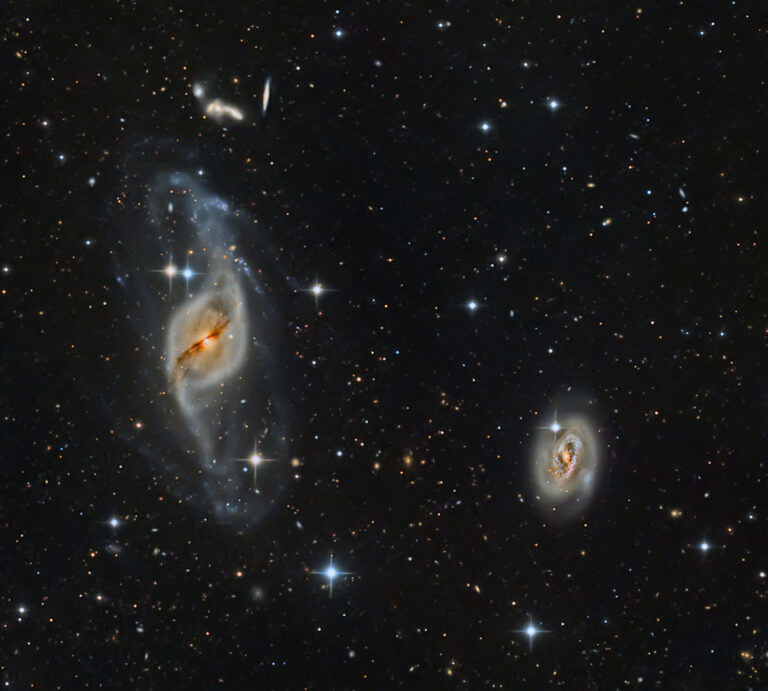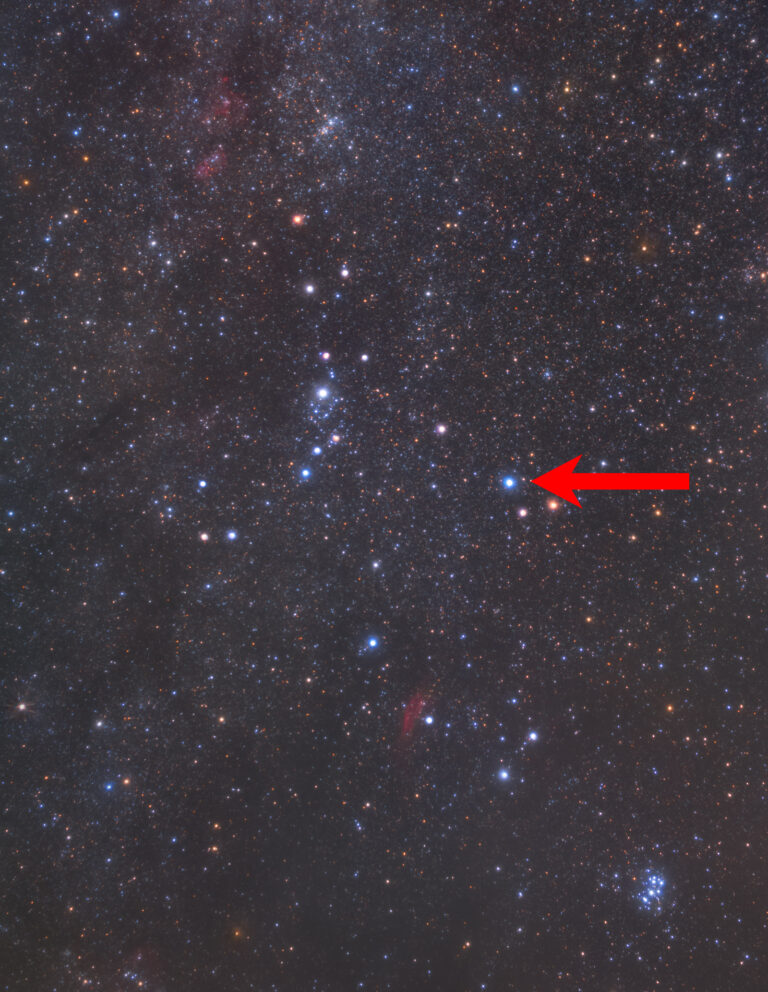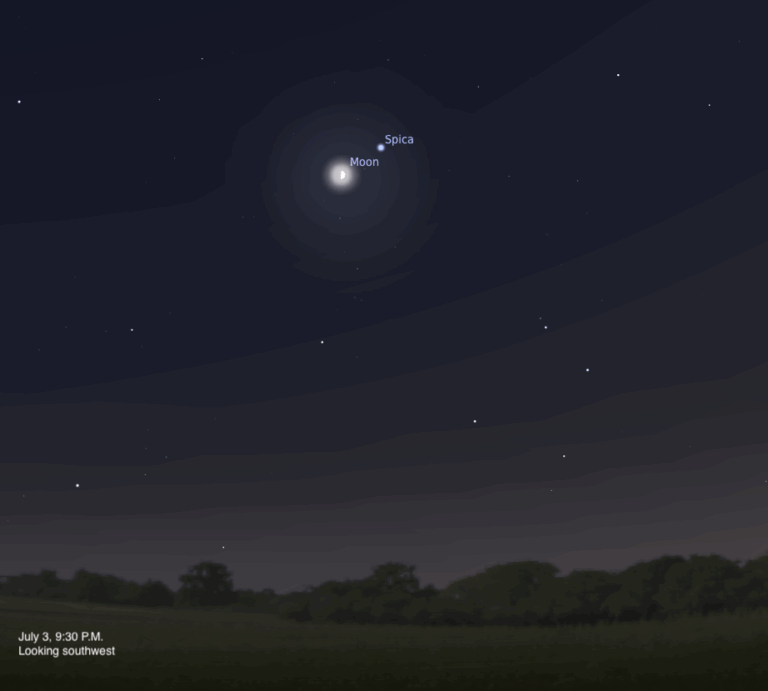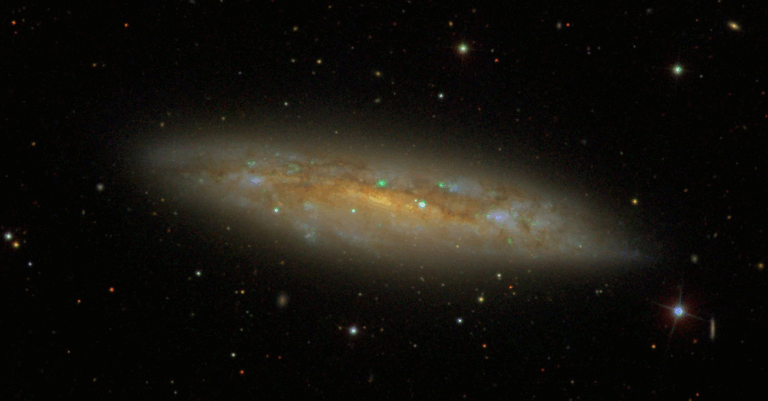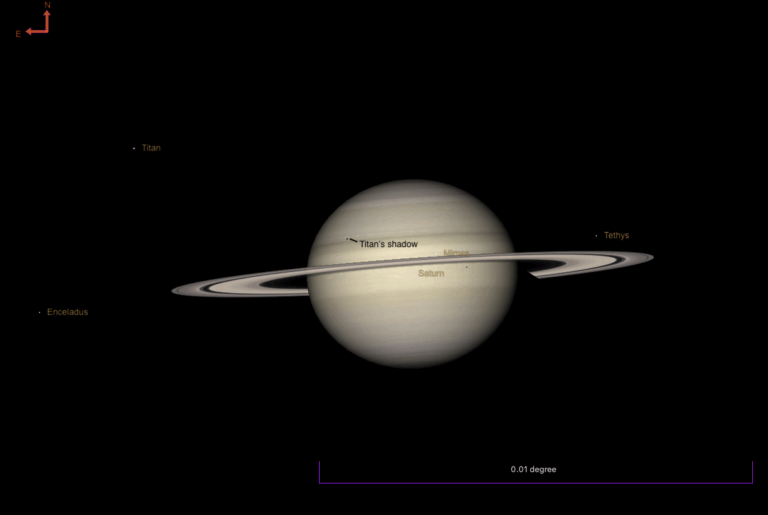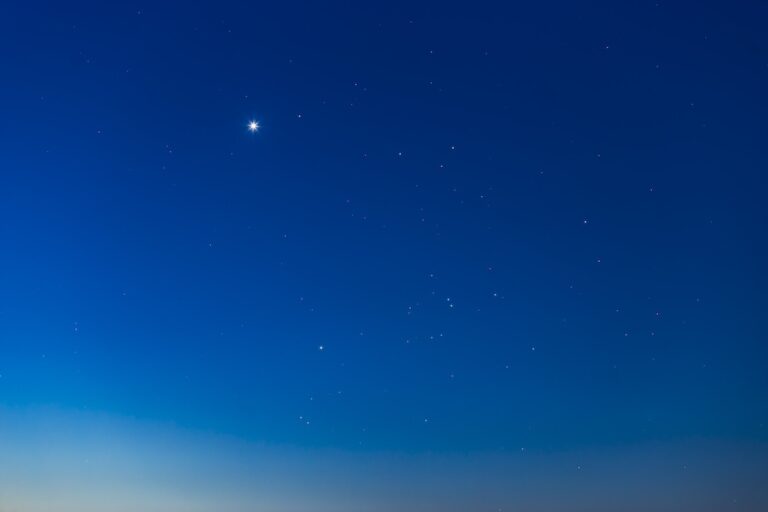
Key Takeaways:
WAUKESHA, WI – The annual Lyrid meteor shower reaches its highest activity before dawn April 22. Viewing prospects are good because the Moon sets before the best shower activity.
Streaking swiftly across the sky, motes of dust burn up as meteors. Although Earth constantly sweeps up interplanetary dust, our planet runs through a slightly denser trail this month.
Meteor showers offer everyone, not just avid amateur astronomers, a chance to witness a cosmic spectacle. “You don’t need any equipment,” Astronomy Senior Editor Michael Bakich said. “Plus, the shower lasts all night long.”
Experts at your disposal
Astronomy magazine editors are available to discuss this event. To request an interview, please contact Matt Quandt at 262.798.6484 or [email protected].
Astronomy‘s mission:
Astronomy promotes the science and hobby of astronomy through high-quality publications that engage, inform, entertain, and inspire.
Named after the constellation from which the meteors appear to radiate, the Lyrids peak April 22, two days before the Moon reaches its first-quarter phase. Lyra is easy to find because it’s marked by the brilliant blue-white star Vega. Vega ranks fifth brightest of all nighttime stars.
It’s best to view meteor showers without optical aid. Viewers should use just their eyes, so as not to restrict the field of view. Before midnight, face eastward, and look about halfway up. After midnight, looking overhead will probably net you the most meteors.
The Lyrid shower produces meteors from April 16 to 25 and peaks with about 20 meteors per hour April 22. The Moon’s first-quarter phase occurs April 24.
The radiant – the point in the sky where the meteors seem to come from – lies in the small constellation Lyra the Lyre (the harp). The Lyrid’s radiant rises by midnight local daylight time April 22, just as the Moon dips below the western horizon. The highest hourly rates occur a few hours before dawn, when Lyra rides high in the sky.
Rates can reach 20 meteors per hour, and occasionally more. During the past several decades, observers have reported sporadic outbursts that pushed hourly rates past 60 meteors. The predawn hours offer the best viewing because that’s when your location will be facing Earth’s direction of travel. In essence, Earth will be running into the meteors.
Lyrid meteors are fast and average as bright as the Big Dipper’s stars. These particles we see as meteors originated from Comet Thatcher (C/1861 G1).
Meteor showers are great social and family events. Organize a group of skygazers, and head out of town to a dark location. Bring lawn chairs, sleeping bags, and hot drinks to stay warm. Plan to wear winter clothing – many observers are surprised at the chill of spring’s late-night air.
Astronomy news
This week’s sky events
Astronomy basics
Glossary of astronomical terms
Return to Astronomy “For the media” page

